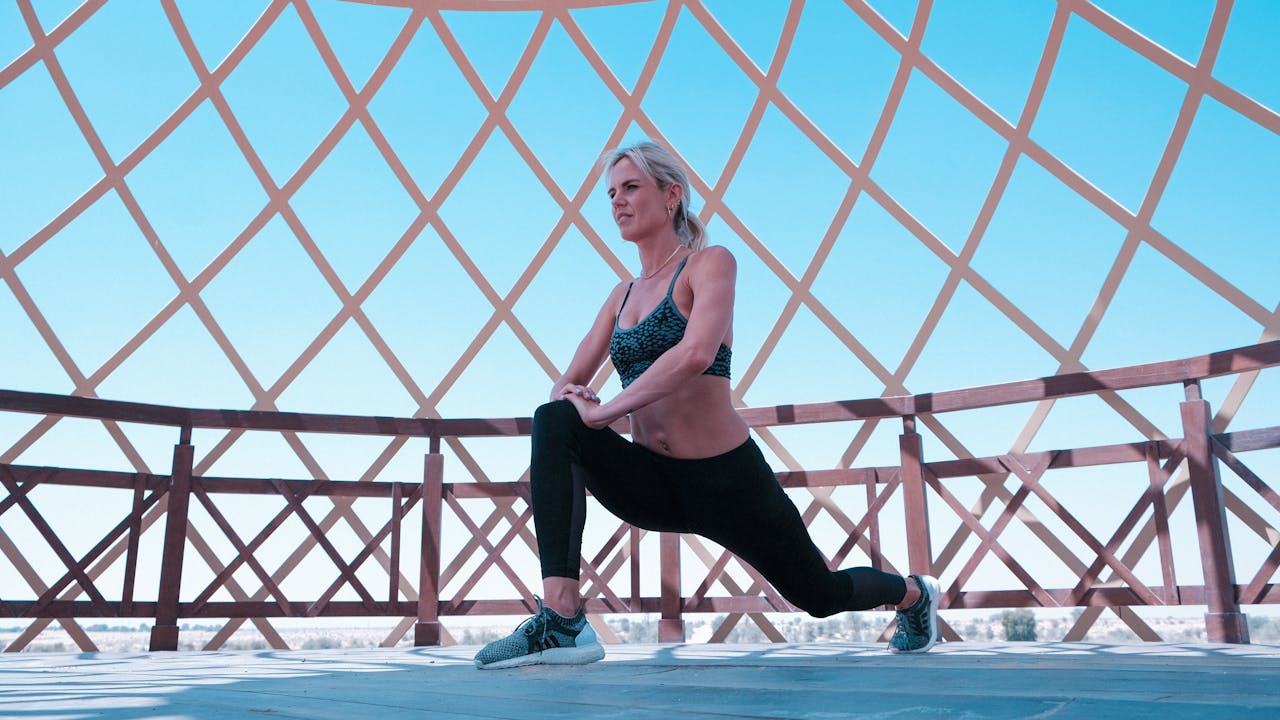
The gluteus muscles, often referred to as the glutes, are more than just a symbol of physical fitness. They play a crucial role in various movements and overall stability of the body.
Let’s explore the functions of the glutes, how they contribute to movement, and the best ways to promote their growth and strength.
Understanding the Gluteus Muscles
The glutes are composed of three major muscles: the gluteus maximus, gluteus medius, and gluteus minimus. Each muscle serves a unique function and contributes to the overall strength and mobility of the lower body.
Gluteus Maximus
- Function: The gluteus maximus is the largest and most superficial of the gluteal muscles. It is responsible for hip extension, external rotation, and abduction of the thigh.
- Role in Movement: This muscle is crucial for activities that involve moving the thigh backward, such as climbing stairs, running, and jumping.
Gluteus Medius
- Function: The gluteus medius is located on the outer surface of the pelvis. It primarily functions to abduct the thigh and stabilize the pelvis during walking and other activities.
- Role in Movement: It plays a significant role in stabilizing the hip and pelvis, especially during single-leg movements like walking, running, and balancing.
Gluteus Minimus
- Function: The gluteus minimus is the smallest and deepest of the three gluteal muscles. It assists with thigh abduction and internal rotation.
- Role in Movement: Like the gluteus medius, it helps stabilize the pelvis and supports hip movements, particularly in maintaining balance and proper posture.
The Importance of Strong Glutes
Strong gluteal muscles are essential for overall body function and athletic performance. Here’s why developing and maintaining strong glutes is important:
- Improved Posture: Strong glutes help support the lower back and pelvis, promoting better posture and reducing the risk of lower back pain.
- Enhanced Athletic Performance: Powerful glutes contribute to explosive movements, such as sprinting, jumping, and heavy lifting, making them crucial for athletes.
- Injury Prevention: Well-developed glutes stabilize the hip and pelvis, reducing the risk of injuries in the knees, lower back, and hips.
- Functional Strength: Everyday activities like walking, climbing stairs, and lifting objects become easier and more efficient with strong glutes.
Tips for Maximizing Glute Growth
- Progressive Overload: Gradually increase the weight or resistance in your exercises to continually challenge your muscles and stimulate growth.
- Proper Form: Focus on maintaining proper form to effectively target the glutes and prevent injuries.
- Mind-Muscle Connection: Concentrate on squeezing and activating the glutes during each exercise to enhance muscle engagement.
- Balanced Routine: Include a variety of exercises to target all parts of the gluteus muscles and prevent muscle imbalances.
- Adequate Recovery: Allow sufficient rest between workouts to enable muscle repair and growth. Aim for at least 48 hours of recovery for the same muscle group.
Exercises for Gluteus Muscle Growth
To effectively target and grow the gluteus muscles, incorporate a mix of compound and isolation exercises into your workout routine. Here are some of the best exercises for glute development:
1. Squats
- Target: Gluteus maximus, quadriceps, hamstrings
- How to Perform: Stand with feet shoulder-width apart, lower your body into a squat position by bending the knees and hips, then push back up to the starting position.
2. Deadlifts
- Target: Gluteus maximus, hamstrings, lower back
- How to Perform: Stand with feet hip-width apart, bend at the hips and knees to lower the barbell to the ground, then lift the bar by extending the hips and knees.
3. Hip Thrusts
- Target: Gluteus maximus
- How to Perform: Sit on the ground with your upper back resting against a bench, place a barbell across your hips, and drive your hips upward by squeezing your glutes.
4. Lunges
- Target: Gluteus maximus, quadriceps, hamstrings
- How to Perform: Step forward with one leg, lower your body until both knees are bent at 90 degrees, then push back to the starting position.
5. Glute Bridges
- Target: Gluteus maximus
- How to Perform: Lie on your back with knees bent and feet flat on the ground, lift your hips by squeezing your glutes, and lower back down.
6. Bulgarian Split Squats
- Target: Gluteus maximus, quadriceps
- How to Perform: Stand in a split stance with one foot elevated on a bench behind you, lower your body by bending the front knee, then push back up.
7. Cable Kickbacks
- Target: Gluteus maximus
- How to Perform: Attach an ankle strap to a low pulley cable, kick your leg back while keeping it straight, and squeeze your glutes at the top.
To conclude, the glute muscles play a critical role in movement, stability, and overall strength. Consistency and proper technique are key to achieving the best results.
So, get moving, lift smart, and watch your glutes grow!



